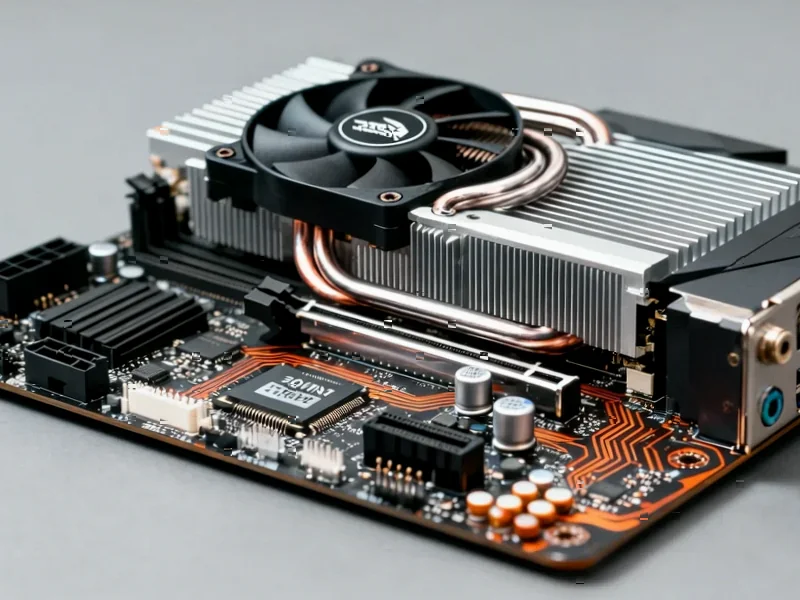According to TechSpot, IP licensing company Adeia has sued AMD in the Western District of Texas over patented hybrid bonding methods used in its 3D V-Cache processors. The lawsuit asserts ten specific patents covering bonding techniques and advanced process node technologies. Adeia claims this follows years of unsuccessful licensing negotiations between the companies. The complaint specifically targets AMD’s use of hybrid bonding to connect chips through direct copper-to-copper interfaces rather than traditional solder bumps. AMD has not yet commented on the legal filings, which focus on foundational semiconductor manufacturing processes rather than individual products.
Why this matters
Here’s the thing – hybrid bonding isn’t just some niche technology. It’s becoming absolutely critical for high-performance computing. AMD’s 3D V-Cache design stacks an SRAM chiplet directly on top of the compute die, and they’re reporting up to 2.5 TB/s of cache-to-core bandwidth. That’s insane performance that basically wouldn’t be possible with older packaging methods.
And this lawsuit isn’t really about stopping AMD from shipping products tomorrow. Courts don’t automatically grant injunctions in these complex tech cases anymore. But it does put a cloud over one of AMD’s key competitive advantages. Their 3D V-Cache technology has been a real differentiator against Intel, especially in gaming and workstation CPUs.
The patent game
Look, semiconductor patent lawsuits are basically the industry’s favorite sport. Adeia frames these techniques as “foundational IP” that’s been widely licensed across the industry. But AMD might argue that some of this technology is actually part of TSMC’s SoIC process that they’re already paying for.
What’s interesting here is the timing. Adeia says they’ve been talking to AMD for years about licensing. So why file now? Maybe they see AMD’s 3D V-Cache becoming more central to their product roadmap. Or perhaps they’re trying to establish precedent before this technology becomes even more widespread.
What happens next
Basically, we’re probably looking at a long legal dance. AMD or their partners will likely challenge these patents at the Patent Trial and Appeal Board. They’ll argue the claims are too broad or overlap with foundry-owned technologies. That’s the standard playbook in these semiconductor IP disputes.
Most of these cases end in negotiated licenses rather than dramatic courtroom showdowns. But if Adeia’s claims survive initial challenges, it could set important precedents for how hybrid bonding IP gets valued. And that matters because everyone from Intel to NVIDIA is moving toward 3D chip stacking.
So while your next Ryzen CPU probably won’t get yanked off shelves, this lawsuit could eventually influence pricing and licensing across the entire industry. Because when foundational manufacturing tech gets tied up in patent disputes, someone always ends up paying – and it’s usually us consumers.




